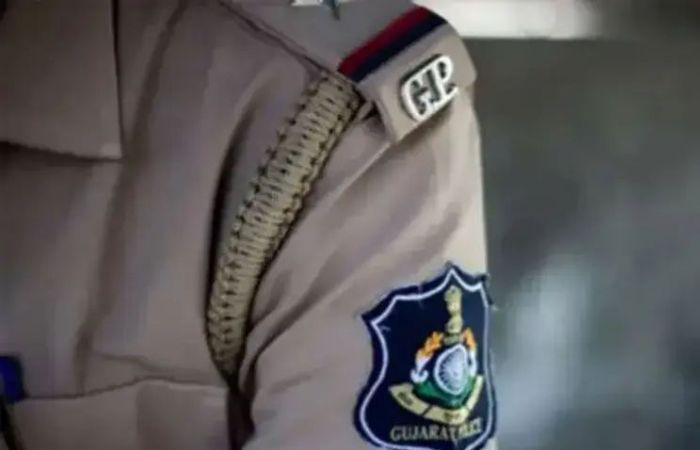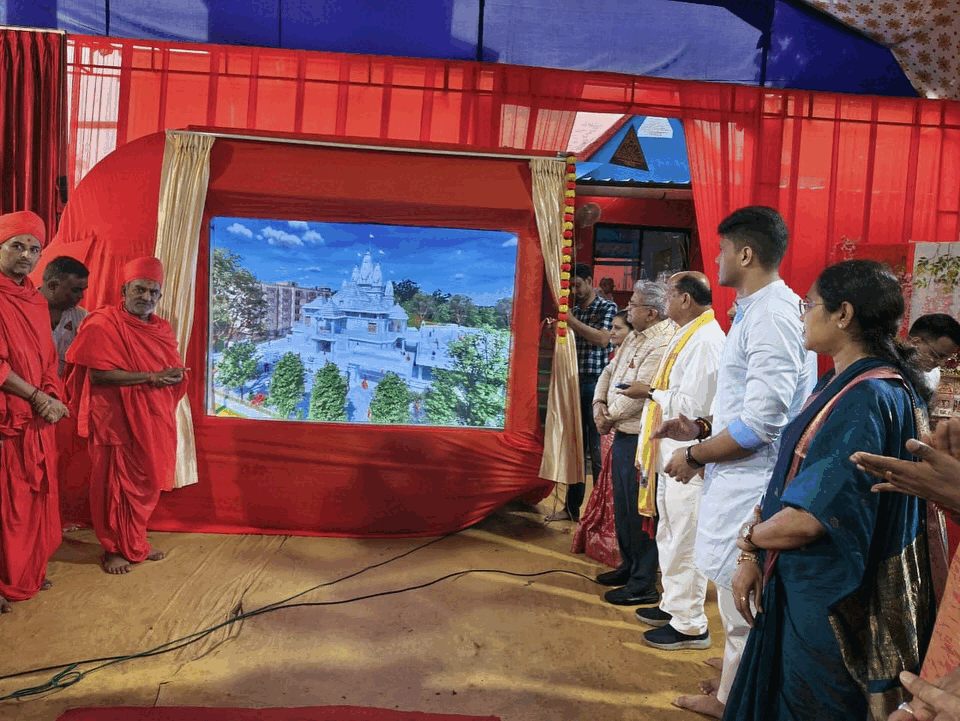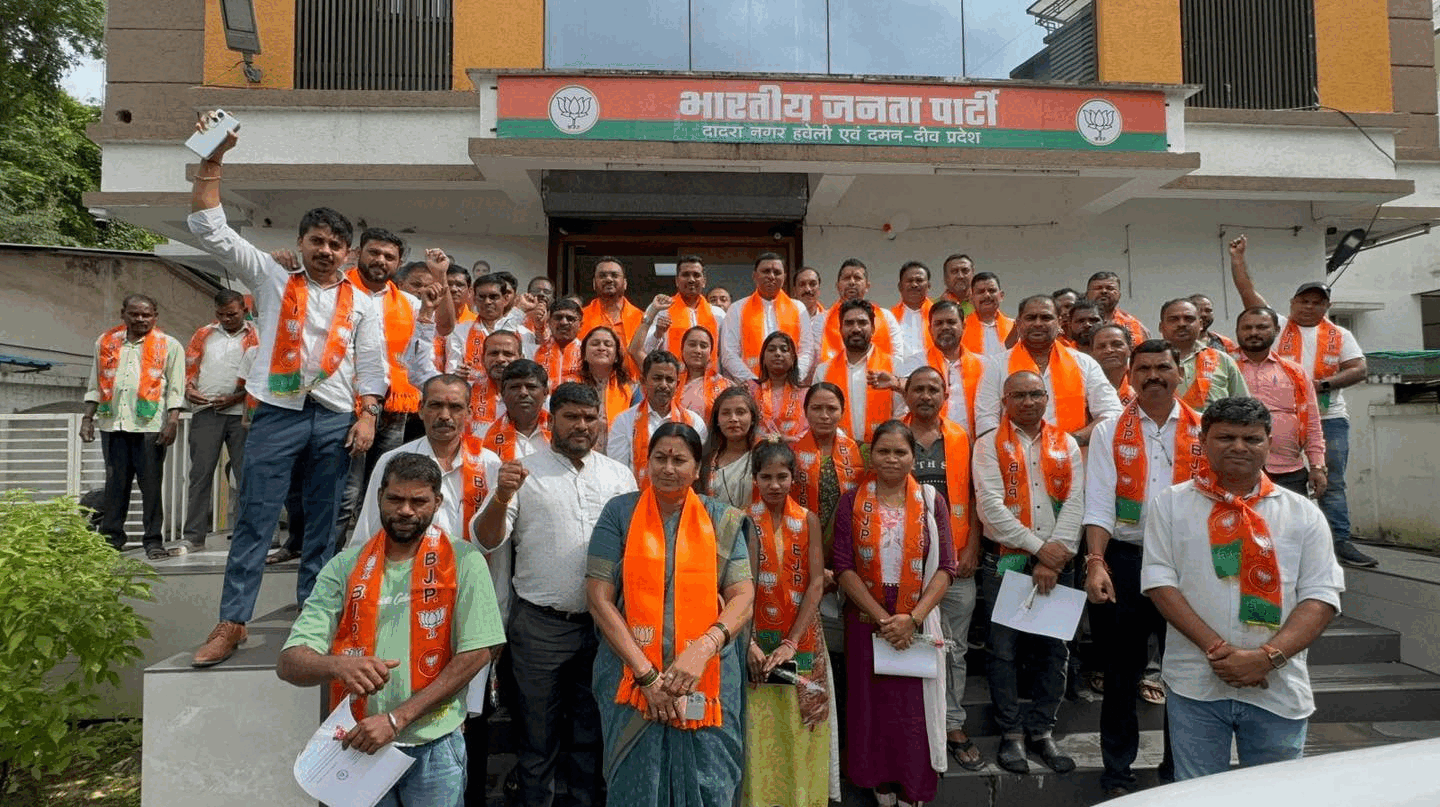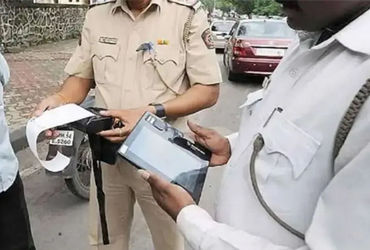Gujarat police stations get citizen-focused ranking system
Police stations across Gujarat will be evaluated using a new citizen-centric performance ranking system, marking a significant shift from the previous crime statistics-only approach. The policy, announced by Director General of Police Vikas Sahay, introduces nearly 40 citizen-focused parameters to assess the state's police stations.The new evaluation system prioritises community service and citizen satisfaction alongside traditional policing metrics. Rankings will be conducted twice yearly for every city and district, with the top three stations in each area receiving appreciation certificates from the DGP.Key changesRanking frequency: Twice yearly for every city and districtAssessment parameters: Nearly 40 citizen-focused factorsMarking system: 80% police behaviour/availability, 20% other factorsRecognition: Top 3 stations per area get DGP certificatesPrevious system: Based only on crime statisticsNew parameters focus on community serviceThe revised ranking criteria emphasise direct citizen benefits, including quick resolution of applications, regular visits by "She Teams" to senior citizens, and effective handling of complaints against police misconduct. Community policing programmes such as “Teen Baat Tumhari, Teen Baat Hamari,” and “Tera Tujhko Arpan” will also contribute to station rankings.Infrastructure and facility improvements earn additional points, covering cleanliness standards, hygienic toilets for women, safe drinking water provision, comfortable waiting areas, tree plantation drives, CCTV installation, and fire safety measures. Even the use of official phone numbers by Police Station Officers (PSO) and Station House Officers (SHO) forms part of the evaluation.The changes emerged from discussions during the 2024 DGP-IGP Conference, where key policing issues were addressed. “This is expected to create a positive competitive environment among stations to provide better services to citizens,” according to officials familiar with the policy implementation.Nationwide system emphasises behaviour and availabilityThe ranking framework, developed by the Bureau of Police Research and Development, operates across India with citizen satisfaction as its primary focus. The system allocates 80% of marks to police behaviour and availability, while the remaining 20% covers other operational factors across more than 30 assessment parameters.Key evaluation areas include police availability and behaviour, crime prevention and resolution, disposal of pending cases, law and order enforcement, strict action against misconduct, data collection, and comprehensive fieldwork surveys.Gujarat has already completed the initial ranking process across all districts, with certificates awarded to top-performing station in-charges.Infrastructure improvements show progressRecent data reveals significant infrastructure development within Gujarat's police network. CCTV cameras are now installed in 81% of the state's 322 police stations, while 84% have established Women's Help Desks to address gender-specific concerns.Women constitute 15% of Gujarat's constabulary, exceeding the national average of 11%. However, given the state's population density and geographical spread, officials continue to advocate for increased personnel at higher administrative levels.Gujarat Police infrastructure: Current statusTotal police stations322CCTV coverage81% of stationsWomen’s Help Desks84% of stationsWomen constables15% (national average: 11%)Average staff per station 110 personnelCoverage challenges persist across urban and rural areasGujarat's police infrastructure faces considerable coverage challenges. In urban areas, each police station serves approximately 283,000 people across 60 square kilometres, while rural stations cover 77,344 people spanning 398 square kilometres. Each station operates with an average staff of 110 personnel.The state's one lakh-strong police force manages 322 stations, with rural areas presenting particular logistical challenges due to vast geographical coverage requirements.The citizen-centric approach represents a fundamental shift in how police performance is measured, moving beyond traditional crime statistics to encompass community engagement and service quality standards.Coverage challengesCoverage challengesUrban areasRural areasPopulation per station2,83,000 people77,344 peopleArea coverage60 sq km398 sq km


Police stations across Gujarat will be evaluated using a new citizen-centric performance ranking system, marking a significant shift from the previous crime statistics-only approach. The policy, announced by Director General of Police Vikas Sahay, introduces nearly 40 citizen-focused parameters to assess the state's police stations.
The new evaluation system prioritises community service and citizen satisfaction alongside traditional policing metrics. Rankings will be conducted twice yearly for every city and district, with the top three stations in each area receiving appreciation certificates from the DGP.
Key changes
- Ranking frequency: Twice yearly for every city and district
- Assessment parameters: Nearly 40 citizen-focused factors
- Marking system: 80% police behaviour/availability, 20% other factors
- Recognition: Top 3 stations per area get DGP certificates
- Previous system: Based only on crime statistics
New parameters focus on community service
The revised ranking criteria emphasise direct citizen benefits, including quick resolution of applications, regular visits by "She Teams" to senior citizens, and effective handling of complaints against police misconduct. Community policing programmes such as “Teen Baat Tumhari, Teen Baat Hamari,” and “Tera Tujhko Arpan” will also contribute to station rankings.
Infrastructure and facility improvements earn additional points, covering cleanliness standards, hygienic toilets for women, safe drinking water provision, comfortable waiting areas, tree plantation drives, CCTV installation, and fire safety measures. Even the use of official phone numbers by Police Station Officers (PSO) and Station House Officers (SHO) forms part of the evaluation.
The changes emerged from discussions during the 2024 DGP-IGP Conference, where key policing issues were addressed. “This is expected to create a positive competitive environment among stations to provide better services to citizens,” according to officials familiar with the policy implementation.
Nationwide system emphasises behaviour and availability
The ranking framework, developed by the Bureau of Police Research and Development, operates across India with citizen satisfaction as its primary focus. The system allocates 80% of marks to police behaviour and availability, while the remaining 20% covers other operational factors across more than 30 assessment parameters.
Key evaluation areas include police availability and behaviour, crime prevention and resolution, disposal of pending cases, law and order enforcement, strict action against misconduct, data collection, and comprehensive fieldwork surveys.
Gujarat has already completed the initial ranking process across all districts, with certificates awarded to top-performing station in-charges.
Infrastructure improvements show progress
Recent data reveals significant infrastructure development within Gujarat's police network. CCTV cameras are now installed in 81% of the state's 322 police stations, while 84% have established Women's Help Desks to address gender-specific concerns.
Women constitute 15% of Gujarat's constabulary, exceeding the national average of 11%. However, given the state's population density and geographical spread, officials continue to advocate for increased personnel at higher administrative levels.
Gujarat Police infrastructure: Current status
Total police stations | 322 |
CCTV coverage | 81% of stations |
Women’s Help Desks | 84% of stations |
Women constables | 15% (national average: 11%) |
Average staff per station | 110 personnel |
Coverage challenges persist across urban and rural areas
Gujarat's police infrastructure faces considerable coverage challenges. In urban areas, each police station serves approximately 283,000 people across 60 square kilometres, while rural stations cover 77,344 people spanning 398 square kilometres. Each station operates with an average staff of 110 personnel.
The state's one lakh-strong police force manages 322 stations, with rural areas presenting particular logistical challenges due to vast geographical coverage requirements.
The citizen-centric approach represents a fundamental shift in how police performance is measured, moving beyond traditional crime statistics to encompass community engagement and service quality standards.
Coverage challenges
Coverage challenges | Urban areas | Rural areas |
Population per station | 2,83,000 people | 77,344 people |
Area coverage | 60 sq km | 398 sq km |
What's Your Reaction?







































































